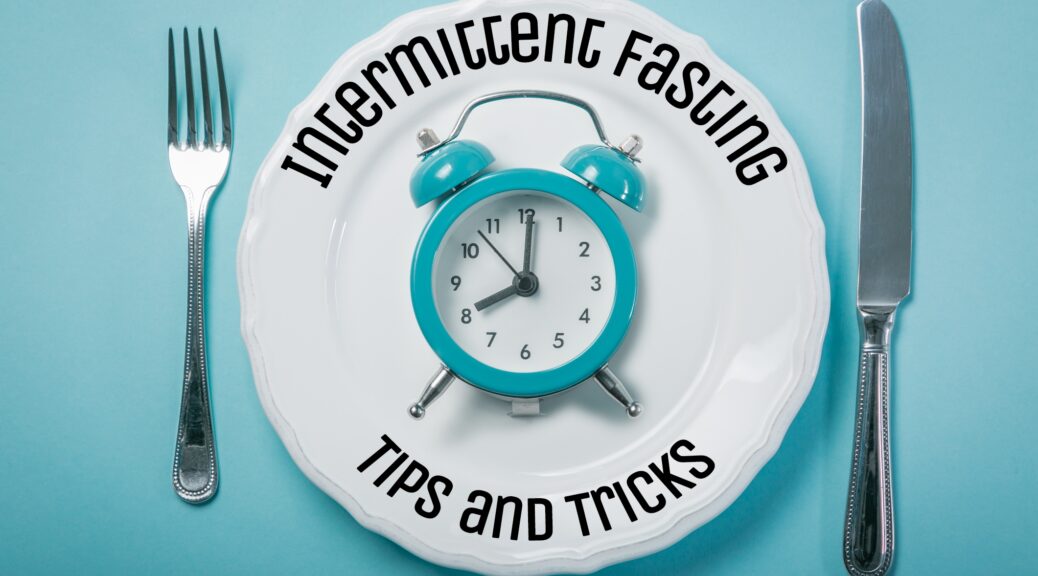
Tips and Tricks for Intermittent Fasting
Intermittent fasting, when used properly, can be a very effective way of eating for fat loss when in a calorie deficit.
When done properly it can help you
- Manage feelings of hunger.
- Increase diet adherence by giving you more dietary flexibility.
Intermittent fasting (IF) has been sweeping through the fitness industry with increasing ferocity over recent years, with its growing popularity more and more people are becoming exposed to a new way of setting up their diet and managing their nutrition.
The following tips may help people stay on track and maximize the benefits of intermittent fasting:
1. Start small:
No need to start with a 24 or 48 hour fast! There’s nothing wrong with starting out doing a daily 12-14 hour fast and working your way up to a longer fast once you determine if it is right for you. Starting small allows you to determine what works for you without feeling overwhelmed or stressed out.
2. Stay hydrated:
Drink lots of water and calorie-free drinks, such as herbal teas, green tea, black coffee & black tea (without sugar) and apple cider vinegar, throughout the day.
3. Stay busy during your fasting hours – or sleep:
Don’t give yourself time to think about the hunger. The perfect time to fast is during work because you are busy that you don’t have much time to eat anyway. Sleep during the hardest hours of the fast. After some trial and error, you might find that fasting during certain times of the day work well for you. The best part about intermittent fasting is that it is truly customizable to everyone.
4. Eat Enough Protein:
Many people start fasting as a way to try to lose weight. However, protein intake is also important for achieving results on the intermittent fasting diet. It is important to eat the same amount of protein you would regularly. , hence we include adequate amount of protein in our meal plans.
5. Don’t Break Fasts With a Feast:
It can be tempting after a period of restriction to celebrate by eating a huge meal. However, breaking your fast with a feast could leave you feeling bloated and tired. Additionally, if you want to lose weight, feasting may harm your long-term goals by slowing down or halting your weight loss. Because your overall calorie quota impacts your weight consuming excessive calories after a fast will reduce your calorie deficit. The best way to break a fast is to continue eating normally and get back into your regular eating routine.
6. Remember to track your results:
Tracking nutrients, results, and reflections looks different for everyone. While tracking is necessary to see what works and what doesn’t work for you because you are an individual! What works for someone else might not work for you. Tracking your self-experimentations will allow you to make adjustments until you find what works for you.
7. Combination of HIIT and IF
If you’re trying to lose weight or gain weight, there’s no over looking diet and exercise as they go hand in hand. IF and HIIT are a winning combination when it comes to overall improved health and keeping fit over the long term. This combination is not only effective but also among easiest to incorporate into a busy lifestyle and easy to maintain over the long-term.
- Fasting is the practice of abstaining from food and beverages for extended periods. Depending on how it’s done, it may boost your health. IF is a great dietary too. To stay healthy while fasting, stay hydrated, eating enough protein and keeping a balanced diet when you’re not fasting can also maintain overall health and ensure successful fast.
- Keep hunger at bay
- Stop mindlessly eating when hungry
- Keep your nutrition under control
- Stick to your diet
Here’s to your successful fast.





